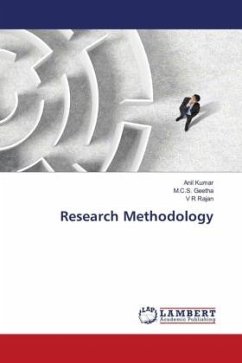
Proposing Empirical Research
A Guide to the Fundamentals
Versandkostenfrei!
Versandfertig in 1-2 Wochen
212,99 €
inkl. MwSt.
Weitere Ausgaben:

PAYBACK Punkte
106 °P sammeln!
This book provides concrete guidance for students who will be writing proposals for both quantitative and qualitative research. Structured around the stages of the proposal process, each major section is divided into short topics













